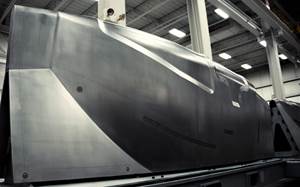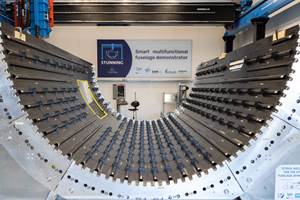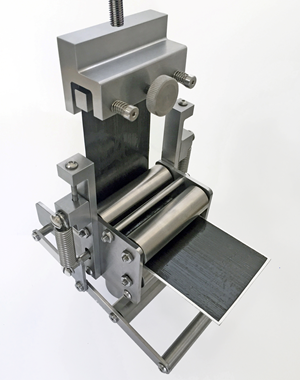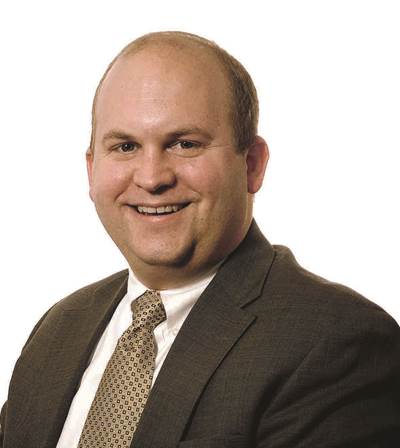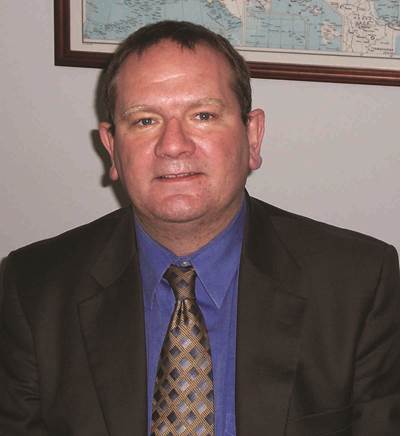Shared databases will expand composites use, in aerospace and beyond
CW Conferences director Scott Stephenson recalls some telling conference comments made by NIAR’s Yeow Ng on the subject of shared databases.
At last year’s CompositesWorld Carbon Fiber 2010 conference in La Jolla, Calif., Yeow Ng, associate director of the National Center for Advanced Materials Performance (NCAMP) program at Wichita State University (Wichita, Kan.), spoke about the importance of shared composite material property databases and the NCAMP program.
For those unfamiliar with NCAMP it’s generating basic composite material property data and specifications for the aerospace industry. End-users who wish to use this data can avoid extensive qualification trials and instead perform limited equivalency testing on a small number of samples. The shared databases concept grew out of the Advanced General Aviation Transport Experiments (AGATE) initiative, funded by the Federal Aviation Admin. (FAA) and the National Aeronautics and Space Admin. (NASA) during the mid-1990s.
Ng’s basic theme was this: The single biggest barrier to more widespread use of composites in aerospace is lack of standardization. He explained that traditionally large and statistically significant material testing programs were undertaken at great expense by individual airframe manufacturers, so the resulting databases were proprietary. The data were rarely (if ever) shared with other OEMs. “Sharing of this information is not a zero-sum game. We are not forcing the sharing of proprietary information,” Ng noted. “Standardization is aimed at promoting mass usage and safety — think about standards like Blu-ray, or Underwriters Laboratories, or Bluetooth. Common, easily available standards and databases will promote the industry.” Ng reminded the audience that the standardization of the steel industry enabled mass automobile production, and in the aluminum industry it enabled production of bombers during World War II.
The mindset that composites is up against goes something like this, according to Ng: “I’m an engineer, and I know that a composite is the preferred material for this application, but I’m going to use aluminum because there isn’t enough design data and specs for composites. I don’t have enough time or budget to conduct a qualification test and generate data, and it’s easier to use the data in MMPDS [formerly MIL-HDBK-5] and SAE AMS [Aerospace Material Specification] specifications.” His group is working hard to change that mindset. NCAMP is partnering with the FAA and Composite Materials Handbook (CMH-17, formerly MIL-HDBK-17) as well as the Society of Automotive Engineers (SAE, Warrendale, Pa.) to continue qualification and equivalency programs and to expand its base of material suppliers. Its task is to make composite material property data shareable, as is aluminum (in MMPDS) at the coupon level. Indeed, the latest version of CMH-17 (Rev. G) includes datasets with complete documentation, some with FAA-accepted allowables. Newer datasets will include NCAMP-developed material and processing specifications. NCAMP is working with SAE to develop specifications through P-17, for the datasets in CMH-17. “We’ve worked for 15 years to generate and maintain industry-shared composite material property databases and specifications,” said Ng, noting that there is no fee to access the NCAMP data or the specifications.
Ng gave an example of how a particular carbon fiber might be qualified. Typically performed concurrently with a specific resin in a prepreg, the fiber qualification requires the fiber’s manufacturer to establish a process control document (PCD) and maintain the PCD in line with NCAMP procedures, which involve end-user oversight. The material specification is similar in format to an SAE AMS, he pointed out. Specific carbon fiber tow property requirements are established in the detailed specifications, based on tests including the Suppliers of Advanced Composite Materials Assn. (SACMA) SRM 12R-94, among others. The end result is a qualified products list, or QPL, which helps establish the specification for the fiber. Says Ng, “Specifications developed following the NCAMP procedures will be recognized as being acceptable to the FAA. It provides suppliers a path for having accepted material allowables published in CHM-17.” So far, more than 30 aerospace OEMs are fabricating test panels and participating in qualification and process equivalency.
There’s still a long way to go. One graphic shown during the presentation compared the 95 percent of open, industry-available specifications to the 5 percent of proprietary specifications in the metals industry; in contrast, 98 percent of composites industry specs are proprietary, and only 2 percent are open and available to the industry. Ng said new programs are more likely to use materials with industry specs and shared databases, particularly in emerging markets: “In our industry, it’s not necessarily the material that makes the difference — it’s design and engineering.”
Read more about NCAMP's work and the general subject of shared composite material databases by clicking the articles listed under "Editor's Pick's," at top right.
Related Content
The basics of composite drawing interpretation
Knowing the fundamentals for reading drawings — including master ply tables, ply definition diagrams and more — lays a foundation for proper composite design evaluation.
Read MoreNine factors to consider when designing composites cure tooling
Gary Bond discusses the common pitfalls and compromises when designing good cure tooling and their holistic significance for a robust composite production process.
Read MoreThermoplastic composites welding: Process control, certification, crack arresters and surface prep
More widespread use of welded composite structures within a decade? Yes, but further developments are needed.
Read MoreComposite prepreg tack testing
A recently standardized prepreg tack test method has been developed for use in material selection, quality control and adjusting cure process parameters for automated layup processes.
Read MoreRead Next
Shared material databases: The next chapter
John Tomblin, Ph.D., is the executive director of the National Institute for Aviation Research (NIAR) at Wichita State University in Kansas. For 10 years, he has worked in the area of general aviation material qualification and, primarily as chairman of NASA's Advanced General Aviation Transport Experiments (AGATE)
Read MoreShared databases: The time is now!
Chris Ridgard (Advanced Composites Group Inc., Tulsa, Okla.) urges aerospace materials suppliers and aircraft manufacturers to join forces behind National Center for Advanced Material Performance (NCMAP) efforts to continue AGATE shared-database efforts.
Read More
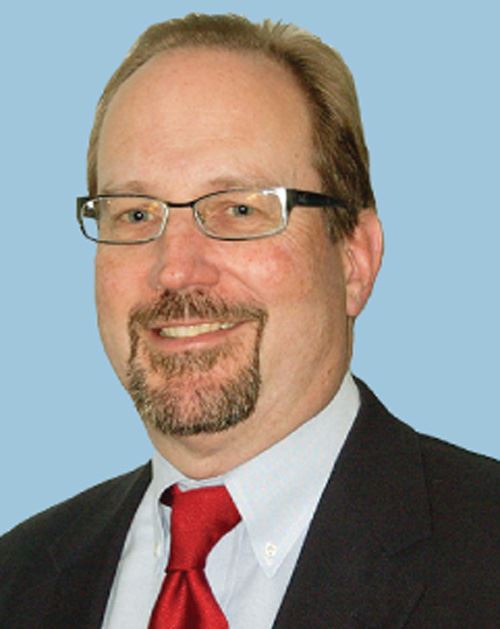


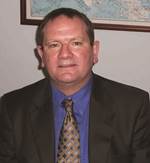








.jpg;maxWidth=300;quality=90)



